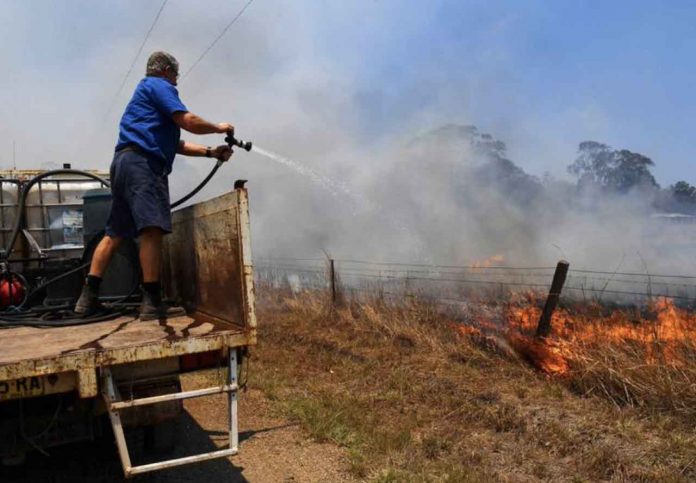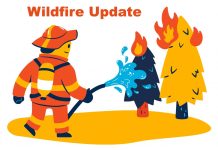
Medical experts say the health damage to locals and tourists could be long-running and hard to immediately diagnose as air pollution from the fires drags on
* Bushfires crisis threatens tourism
* Breathing masks sell out in Sydney
* Experts says health impacts could be long-term
By Colin Packham and Jill Gralow
SYDNEY (Reuters) – Breathing masks are selling out in Sydney with the city enveloped in the smoke from bushfires sweeping across a large swath of Australia’s east coast, damaging the country’s clean and green reputation.
Office workers wearing protective masks, previously a rarity, have become a common sight in recent weeks in downtown Sydney, where record pollution levels have consistently ranked the city above the likes of Jakarta, Shanghai and Mumbai.
The world-famous Opera House and Harbour Bridge have regularly been shrouded by thick smoke that has turned the daytime sky a dark orange. Ash has fallen like a shroud over the sky, propelled by strong winds from the fires burning on the outskirts of greater Sydney.
Australia has been fighting wildfires across the country’s east coast for weeks, with blazes killing eight people – including two firefighters overnight – destroying more than 700 homes and razing nearly 3 million acres (1.2 million hectares) of bushland.
State health officials have warned people with respiratory conditions to stay inside as much as possible, but health experts said that advice is not a good enough response given the crises has now been running for weeks.
“It breaks my heart when I see my patients because they’re like my family and when I see that they’re being punished by the smoke and heat I have felt powerless,” family doctor Kim Loo told protesters at a rally outside Prime Minister Scott Morrison’s Sydney residence on Thursday.
“I’ve gone to government for the last five years, state and federal, and it looks as though we have no health policies to deal with climate change federally.”
Bunnings Warehouse, one of Australia’s largest retailers, said some of its stores have run out of breathing masks amid warnings the smoke pollution could impact lung function and lead to the development of respiratory diseases.
“We’re working closely with suppliers to get more masks into impacted areas,” Bunnings regional operations manager Robyn Hudson said in an emailed statement.
Morrison’s conservative Liberal-National coalition government has come under sustained pressure to defend its climate change policies as it has downplayed links to the unprecedented early arrival and severity of this year’s bushfire season.
Morrison cut short a family holiday in Hawaii on Friday to head back to Sydney amid the criticism, as worries grew about Australia’s own tourism credentials.
“Australia’s reputation as clean and green has been a major contributor to luring tourists,” said David Beirman, senior lecturer in tourism at the University of Technology in Sydney. “The longer this crisis goes on, the more damage it will have to that image and potentially on tourism.”
HEALTH EFFECTS
Medical experts said the health damage to both locals and tourists could be long-running and difficult to immediately diagnose.
Edward Jegasothy, an expert at the University of Sydney’s school of public health, said one of the biggest risks came from invisible small particles suspended in the atmosphere that are produced from the burning of wood.
Those particles, which can travel long distances, can get down into the lungs and bloodstream, causing inflammation and other system effects, Jegasothy told Reuters.
“When air pollution is short, it’s easy to tell people, give people advice about how to avoid it, stay indoors, avoid physical activity,” he said.
“But when it’s sustained over a number of days or weeks, then the messaging becomes more complicated.”
(Reporting by Colin Packham and Jill Gralow in Sydney; Writing by Jane Wardell, Editing by Raju Gopalakrishnan)




